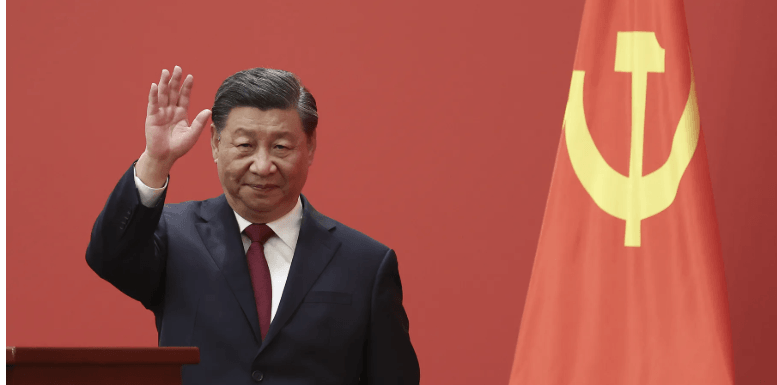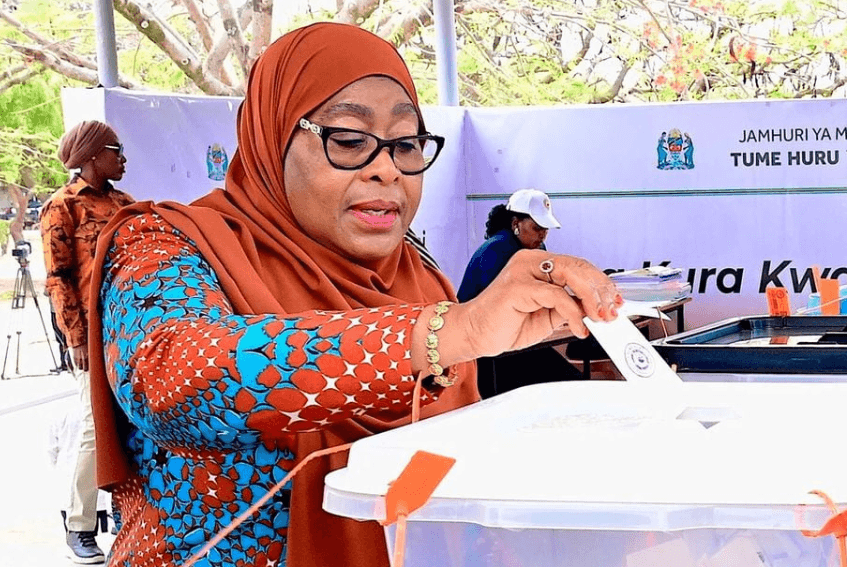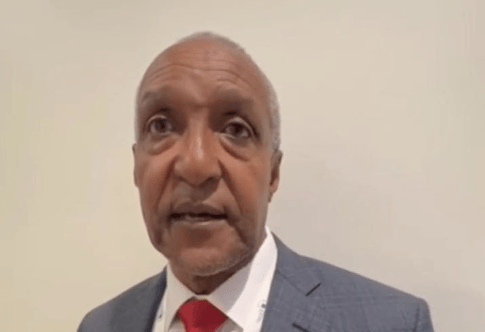As the 2023 KCSE cohort prepares to embark on the next chapter of their education journey, the new funding model introduced by the government is set to be put to test.
This funding framework replaces the Differentiated Unit Cost (DUC) previously used to finance universities.
Unveiled on May 3, the model according to President William Ruto aims to ensure that all eligible students receive adequate educational financial support.
It also promotes the provision and access to quality higher education and ensures that all students are equitably and adequately supported based on their financial needs.
Funding models
Band One
This is primarily for the most needy group; a family whose monthly income is not beyond Sh5,995.
Under this category, the government scholarship will cover 70 per cent of the fees while the loan will cover 25 per cent, making the total support 95 per cent.
Here, the family will pay 5 per cent of the fees and the student will receive an upkeep loan from Helb of Sh60,000.
Band Two
This targets families whose monthly income does not surpass Sh23,670 but is above Sh5,995.
In this category, the government scholarship will cover 60 per cent while the loan will cover 30 per cent.
The family will pay 10 per cent of the fees. Under this category, the student will receive an upkeep loan of Sh55,000.
Band Three
This is for families whose family monthly income does not pass Sh70,000 but it is above Sh23,670.
Here, the government scholarship will cover 50 per cent, while the loan will cover 30 per cent.
The family will contribute 20 per cent of the fees supposed to be paid. Students in the category will receive an upkeep loan of Sh50,000.
Band Four
It targets families whose monthly income does not exceed Sh120,000 but is above Sh70,000.
The government scholarship will cover 40 per cent while the loan will cover 30 per cent.
Band Five
It is for families which earn more than Sh120,000 monthly.
In this category, families will pay 30 per cent of fees.
They will receive 30 per cent of the fees as a loan while their families will be required to pay 40 per cent of the fees.
It further ensures timely disbursement of funds to students through their higher education institutions.
Ruto added that the model seeks to address the challenges encountered by public universities and technical and vocational education (TVET) institutions due to massive enrollment and inadequate funding.
The model prioritises a student’s financial need and separates placement from funding.
Under this model, universities and TVET institutions will no longer receive block funding in the form of capitation but instead funding for students will be provided through scholarships, loans, and household contributions.
Speaking on Sunday in Nandi, Ruto defended it saying it will aid families in footing their children's fees.
“This model ensures that students from vulnerable backgrounds receive between 80 and 95 per cent of tuition loans and scholarships to pursue education like other Kenyans,” he said.










![[PHOTOS] Elgeyo Marakwet landslide victims arrive in Eldoret for care](/_next/image?url=https%3A%2F%2Fcdn.radioafrica.digital%2Fimage%2F2025%2F11%2F425460d9-7ff1-4975-8a1f-cd0aaefb7812.jpg&w=3840&q=100)

